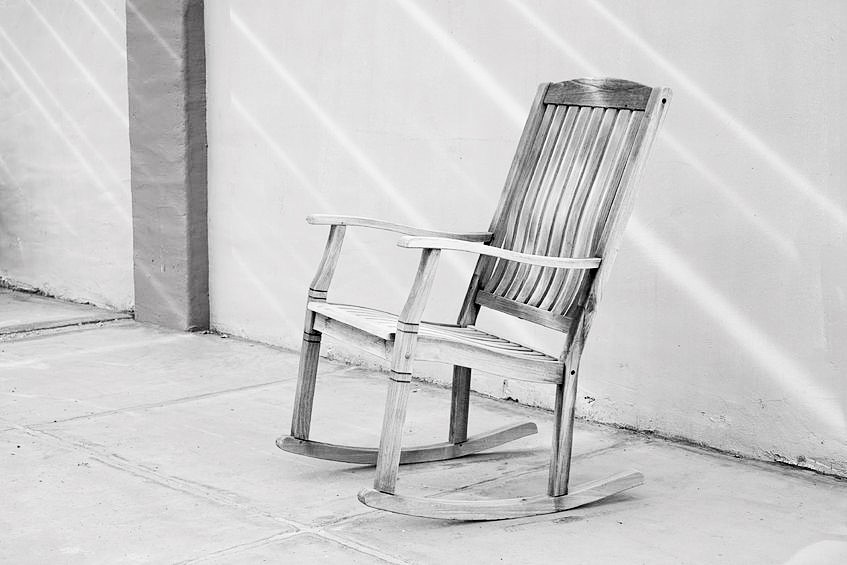Great concept… terrible term!
By Bill McClain
Periodically, our industry focuses on the nomenclature of our business and seeks better ways of describing the individuals we serve and the programs we offer – often in a more “PC” manner (another term I’m sick of hearing). One recent example is the term “senior citizens” (bad vibe). So are they senior adults, older adults, mature adults, the aging population or something else???
Aging In Place
I was first introduced to the term “Aging in Place” several years ago when I was the chief marketing and planning officer with a regional PA health system. The hospital system had expanded into the senior living marketplace with assisted living, memory care and skilled nursing.
In my first meeting on the branding and marketing of these entities, one of our nursing leaders was extolling the virtues of aging in place. At first, I thought I had misunderstood the term. I did not.
When I questioned the consumer appeal of aging in place, I was told that it was a popular buzzword in senior living and was a “must have” for of our marketing communications and messaging. I was informed that it was a term everyone “in the know” used prominently to describe a resident’s ability to stay in the same location even as their health needs changed over time.
My concerns about the term were dismissed since I was “new to the senior living space.” Obviously, the senior housing industry knew a lot more than I did about how consumers respond to words and the mental images they create. However, my “minority opinion” has not changed over the years.
My take: Great concept . . . terrible term. Like fingernails on a chalkboard for a career marketer like me.
Three years ago, I retired from my position of 25 years with the health system and discovered (the amazing) Faith Ott and Sage Age Strategies, a Senior Housing Forum Partner, as I looked for something to keep me occupied. Learning from the best, I’ve since been immersed in the nuances of senior living marketing and best-practice growth strategies. I also found that “aging in place” still reigned supreme for communities in the industry.
Dating back to my graduate school days, I’ve always held that our chief role as marketing leaders was to see the world through the lens of our customers. How they interpret and respond to what we say and how we say it is crucial to how we are viewed, assessed and engaged. At stake is our brand image, value proposition and appeal.
If I were “shopping” on behalf of a parent today, I would be turned off rather quickly by a community touting aging in place. For me, the term conjures up images of an older person in a rocking chair with a glazed look, an idle stare and cobwebs encircling their frail body. Maybe it’s just me, but that’s the mental picture “aging in place” gives to me. And as they say, “A picture is worth a . . .”
In truth, I cannot think of a more dour and depressing term.
Living In Place
The results of a recent national study by The University of Michigan on senior adults’ attitudes toward health and retirement, titled “Growing Older in America: the Health and Retirement Study,” showed that an active and engaging social life has become highly important for those seeking senior housing today. One of the study’s primary implications for senior living communities was that an appealing social environment is now a major priority for attracting new residents and retaining current ones.
With the heightened importance of social engagement, an active, vibrant environment — and what memory care guru Dr. John Zeisel, founder and CEO of The Hearthstone Institute calls, “a life worth living” — I can’t think of a more counterproductive phrase than “aging in place.” Several other baby boomers and adult children I’ve talked to agree. Some even wince and laugh at the notion — as I first did.
For lack of a better alternative, I’ve started using the term “Living in Place” for some of our client communities. So far, no objections. For me, Living in Place is a more accurate, representative and uplifting option. We’re supposed to be about lifestyle and living, right? Why highlight aging?
As they say (rightly or wrongly), “perception is everything”. Do you want your community known for aging in place or living life to the fullest for as long as you can without ever having to move?
What do you think? Do you aspire to “age in place”, or would you prefer to thrive in a comfortable, vibrant community that you never have to leave?
Am I making a big deal over nothing? Is there another term you are currently using? Is it descriptive yet uplifting? I’d love to hear your thoughts on the matter. And thank you for indulging me! Maybe it’s just my age . . . .








